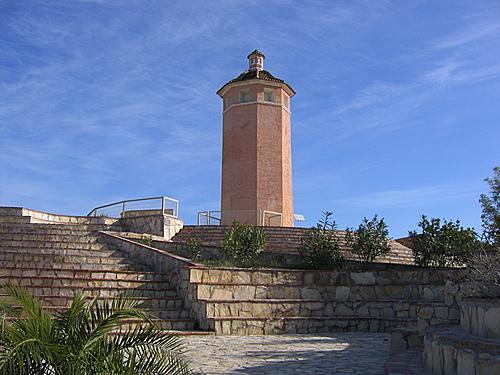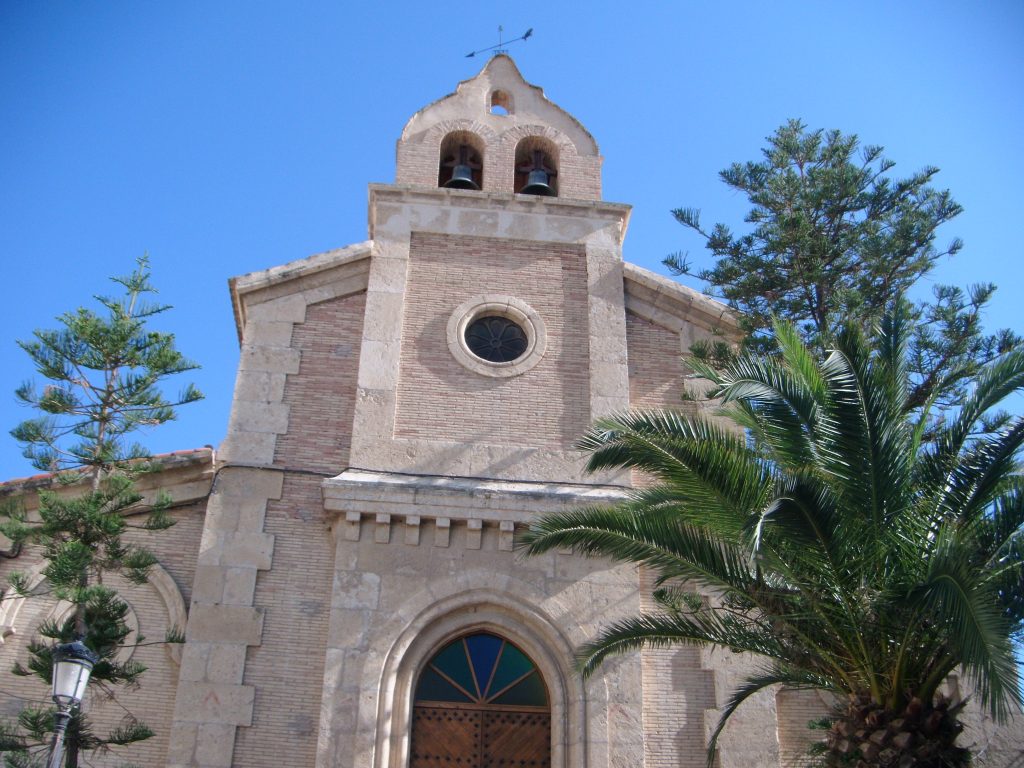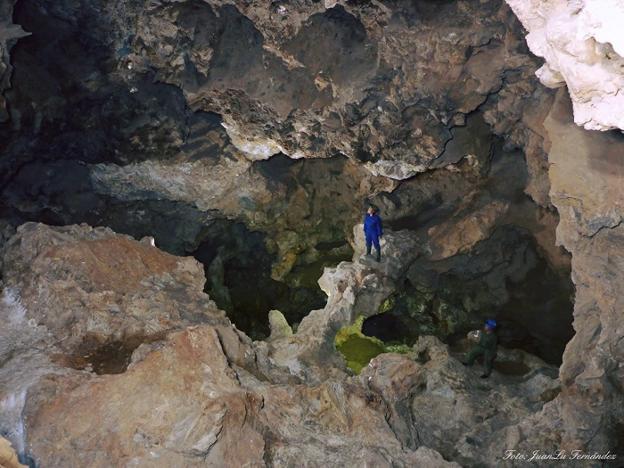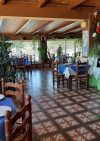Here are 4 reasons to discover Arboleas. This municipality is located in the Valle del Almanzora.
Arboleas town that is located on the right bank of the Almanzora river, located on its fertile plain that is irrigated with the waters of the river and the immediate springs. They say that in past centuries tasty trout was caught in its crystalline waters, which moved more than a dozen flour mills settled in as many villages located along its course.
We start by visiting, and especially art lovers, we cannot miss visiting the Pedro Gilabert Museum, which is dedicated to the brilliant naive artist Pedro Gilabert, born in Arboleas in 1915. The permanent collection is made up of more than 140 sculptures carved in olive wood by the artist.
In addition to 2 permanent exhibition halls, the museum has an assembly hall and 2 traveling exhibition halls. Thanks to these facilities, the Pedro Gilabert Museum has an extensive program of temporary exhibitions throughout the year, serves as a stage for traveling exhibitions organized by other institutions and hosts different cultural activities in the municipality and the region.









